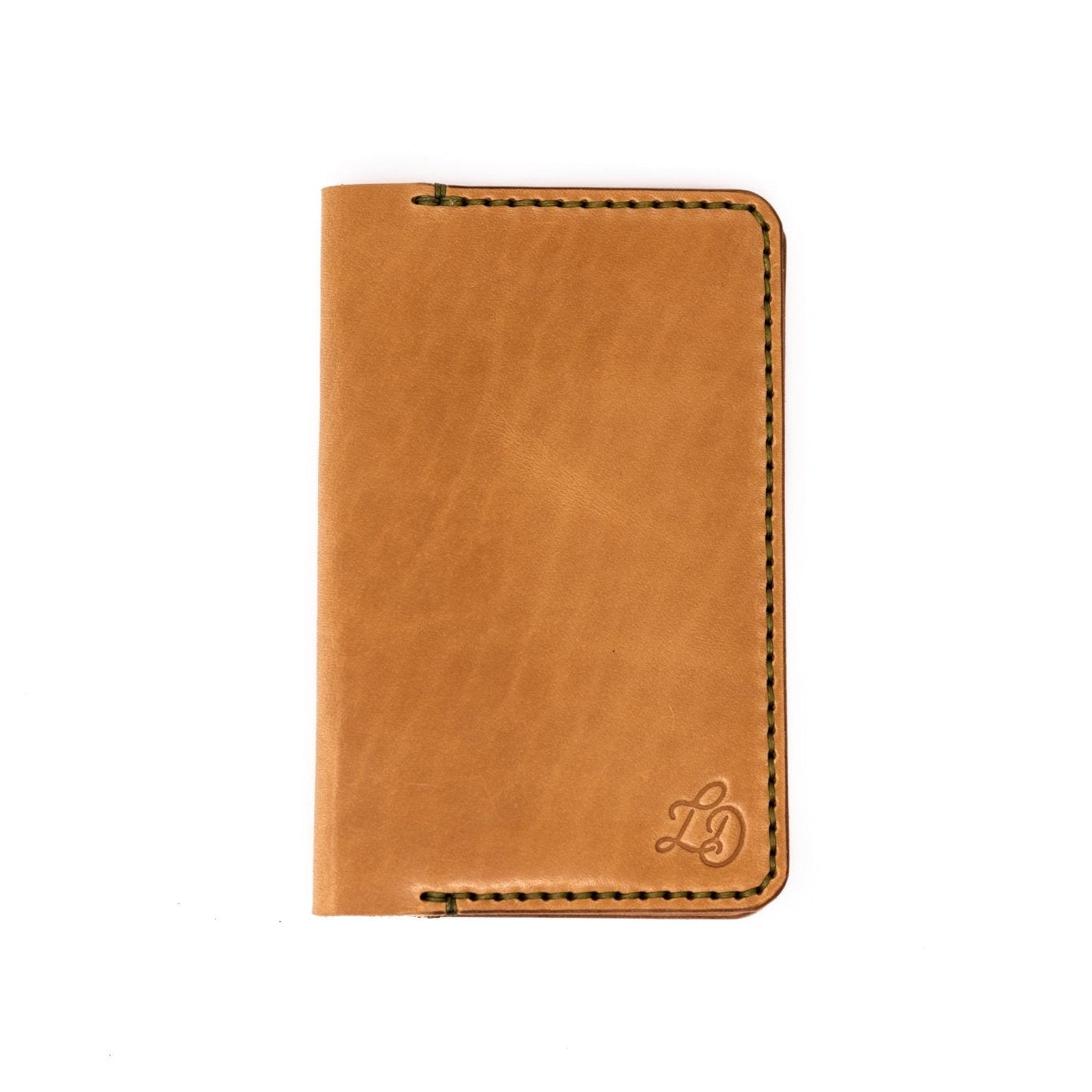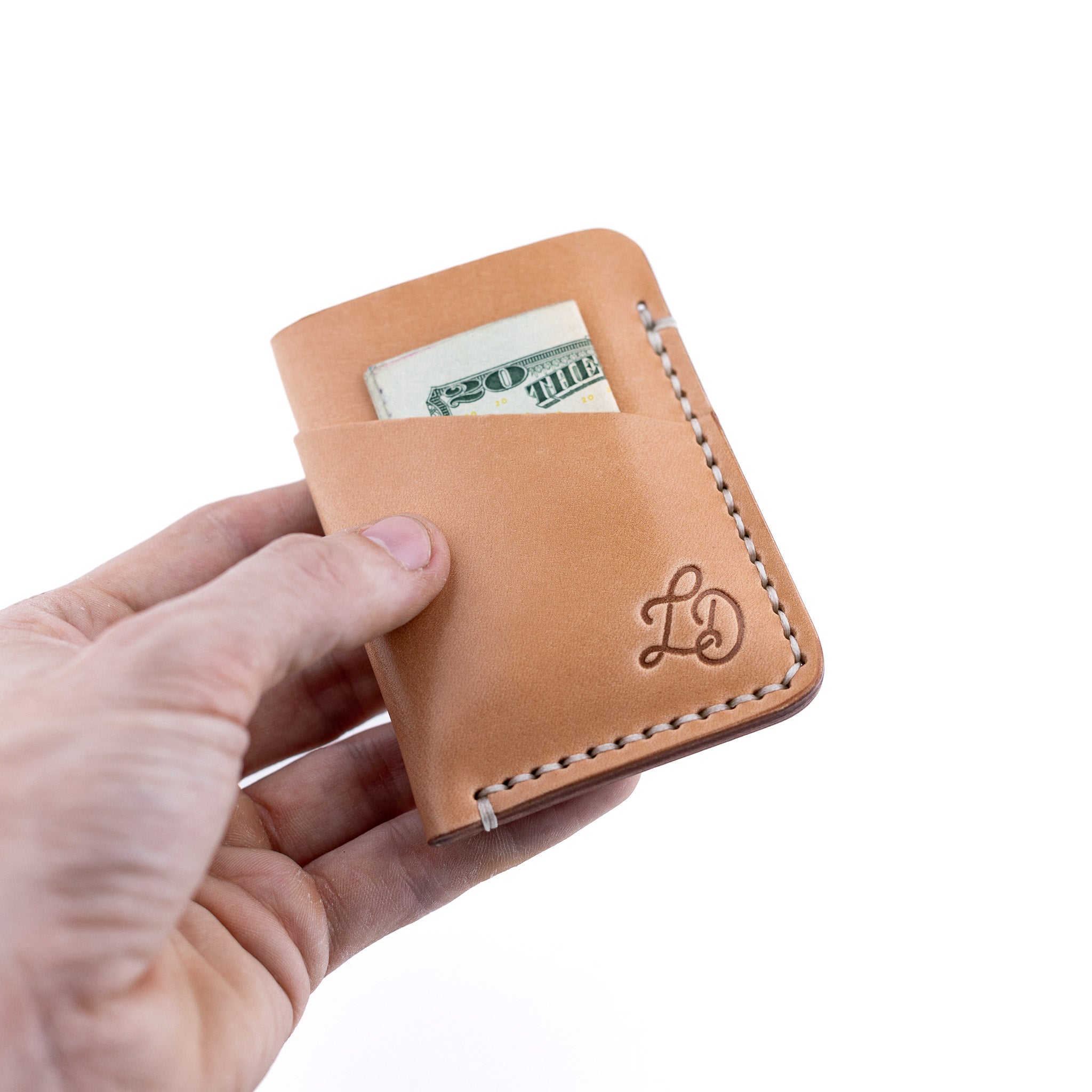
Leather Notebook Covers vs Synthetic Covers: Complete Comparison
A notebook is never just paper. It’s a container for thoughts, sketches, reflections, and plans. The cover you choose to protect it shapes more than appearance; it shapes experience. From the way it feels in your hand to the way it holds up after months of use, the material of your cover tells you whether your notebook is a temporary tool or a lasting companion.
That’s why the debate between Leather Notebook Covers and Synthetic Covers matters. It’s not just a question of cost or style. It’s about whether you want an object that grows with you or one that is replaced as soon as it shows wear.
Why a Notebook Cover Matters
Think about where your notebook travels each day. It may be tossed into a backpack, slid across a café counter, stacked beneath a laptop, or tucked into a carry-on during a flight. Without a proper cover, the pages fray, the corners bend, and the notebook loses shape long before its ideas are finished.
A strong cover acts as armor. It protects against scuffs, spills, and wear while also turning a utilitarian notebook into something you look forward to using. The feel of holding a well-made cover can make the act of writing more deliberate, almost ritualistic.
A leather cover, in particular, transforms this ritual. Much like slipping on a well-worn jacket or fastening a trusted leather belt, it signals permanence.
The Enduring Strength of Leather Notebook Covers
Leather has been the standard for protective covers for centuries. It’s chosen not just for its durability but also for its character. No two pieces of leather are identical. Grain patterns, scars, and natural variations make each cover unique, setting it apart from uniform synthetics.
When crafted from full-grain leather, a cover gains resilience unmatched by lower-quality materials. It resists tearing and stretching, and instead of breaking down, it grows better over time.
This philosophy mirrors why brands like Lost Dutchman Leather rely exclusively on full-grain leather for their goods. Products like The Dutchman wallet or The Belt show the same principle: leather that isn’t just used but lived with.
The Patina Advantage
One of leather’s most remarkable qualities is its ability to develop patina. With use, exposure to light, and the oils from your hands, leather darkens and takes on a soft sheen. Every mark becomes part of its story.
A leather notebook cover ages with you. A scuff from being set on a stone bench, a softened corner from years of travel, or a darker tone from daily handling, these aren’t flaws. They’re character.
This process is why leather wallets like The Franklin become more beautiful with age. Notebook covers share this same transformation, turning an everyday item into a personal heirloom.
Synthetic covers, by contrast, do not gain character. Their wear shows as peeling, cracking, or fading, signals that replacement is near.
Synthetic Covers: The Practical Alternative
Synthetic materials like PU (polyurethane) or PVC (polyvinyl chloride) have become widespread in notebook covers. They offer affordability and variety, making them attractive for students or short-term projects.
Their greatest strength is accessibility. A synthetic cover provides functional protection at a low cost, often in a wide range of colors and patterns. If you want a notebook that stands out on a shelf or matches a specific aesthetic, synthetics deliver.
They’re also often marketed as being water-resistant and lightweight. For people who need a quick, inexpensive solution, synthetic covers serve their purpose well.
The Durability Divide
Durability is where the two materials diverge most clearly.
-
Leather Notebook Covers: Withstand years of handling, resisting stretching and fraying. Instead of degrading, they improve with time. Their long lifespan makes them cost-effective when considered over decades.
-
Synthetic Covers: Hold up reasonably well for short-term use but tend to peel, crack, or lose finish over time. Once damage appears, there is no recovery.
Story: A creative professional once carried a leather notebook cover for nearly 15 years, using it through college, early career, and into entrepreneurship. The surface bore scratches, the edges darkened, but the structure remained intact. By contrast, his colleagues cycled through a half-dozen synthetic notebooks in the same span, each ending up in the trash when seams split or corners wore away.
The Sensory Experience
Writing is as much about feel as it is about words. The tactile qualities of a notebook cover influence the experience.
-
Leather: Warm, textured, and alive. The scent of real leather, the subtle grain beneath your fingertips, and the way it softens over time create a bond between user and object. Much like a pair of card holders from our collection, every touch reinforces its authenticity.
-
Synthetics: Smooth, uniform, and artificial. They can be produced to mimic leather, but they lack depth. The scent is manufactured, and the feel is consistent but flat.
Analogy: Using a leather cover is like drinking coffee from a ceramic mug, warm, grounding, and familiar. A synthetic cover feels more like sipping from a paper cup, functional, but disposable.
Maintenance and Care
Leather requires some upkeep. A quick wipe with a dry cloth removes dust, and applying conditioner once or twice a year keeps it supple. These small rituals enhance longevity, turning maintenance into part of the ownership experience.
Synthetic covers, by contrast, require little to no maintenance. A damp cloth can clean them, but once peeling or cracks begin, there’s no way to restore them.
For some, the simplicity of synthetic care is appealing. For others, the small investment of care in leather is a satisfying way to maintain something worth keeping.
Cost and Value
The difference in price between leather and synthetics is often the deciding factor for many.
-
Synthetic Covers: Affordable upfront, ideal for short-term needs, but often replaced frequently. Over years, the cumulative cost adds up.
-
Leather Notebook Covers: Higher upfront investment, but built to last decades. The longer it lasts, the lower the cost per year of use.
This same logic applies to everyday goods like the Catch-All tray. Pay more once for quality, or pay less repeatedly for replacements.
Environmental Impact
Sustainability is increasingly part of purchasing decisions.
-
Leather: A natural, biodegradable material when responsibly sourced. Many American tanneries practice vegetable tanning, a process that uses natural tannins instead of harmful chemicals.
-
Synthetics: Derived from fossil fuels, non-biodegradable, and often destined for landfills. While some are marketed as recyclable, most end up contributing to plastic waste.
Choosing leather supports a cycle of longevity, while choosing synthetics often supports disposability.
Which Cover Fits Your Life?
Choosing between Leather Notebook Covers and Synthetic Covers comes down to values and lifestyle.
-
If you want something affordable, colorful, and temporary, synthetics meet the need.
-
If you want something durable, authentic, and timeless, leather is the better choice.
For many, the notebook itself holds ideas worth keeping. It only makes sense to protect those ideas with a cover built to last.
Final Thoughts
A notebook cover does more than protect paper. It influences how you write, how you feel, and how long your words are preserved.
Leather Notebook Covers represent permanence, character, and craftsmanship. They grow with you, turning scratches and scuffs into a story. Synthetic Covers offer quick, affordable solutions that serve their purpose but lack depth and longevity.
When the ideas inside your notebook matter, the cover deserves equal consideration.
Explore the craftsmanship that defines Lost Dutchman Leather. From wallets and belts to accessories like the Lanyard – Large and AirTag Keyring, every item is made with the same philosophy: invest once, carry for life. For guidance on leather products that suit your needs, get in touch.
Because when it comes to protecting ideas, the cover should be as enduring as the words inside.


